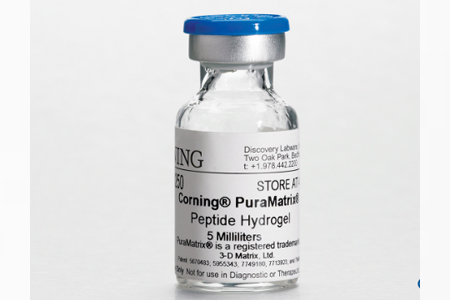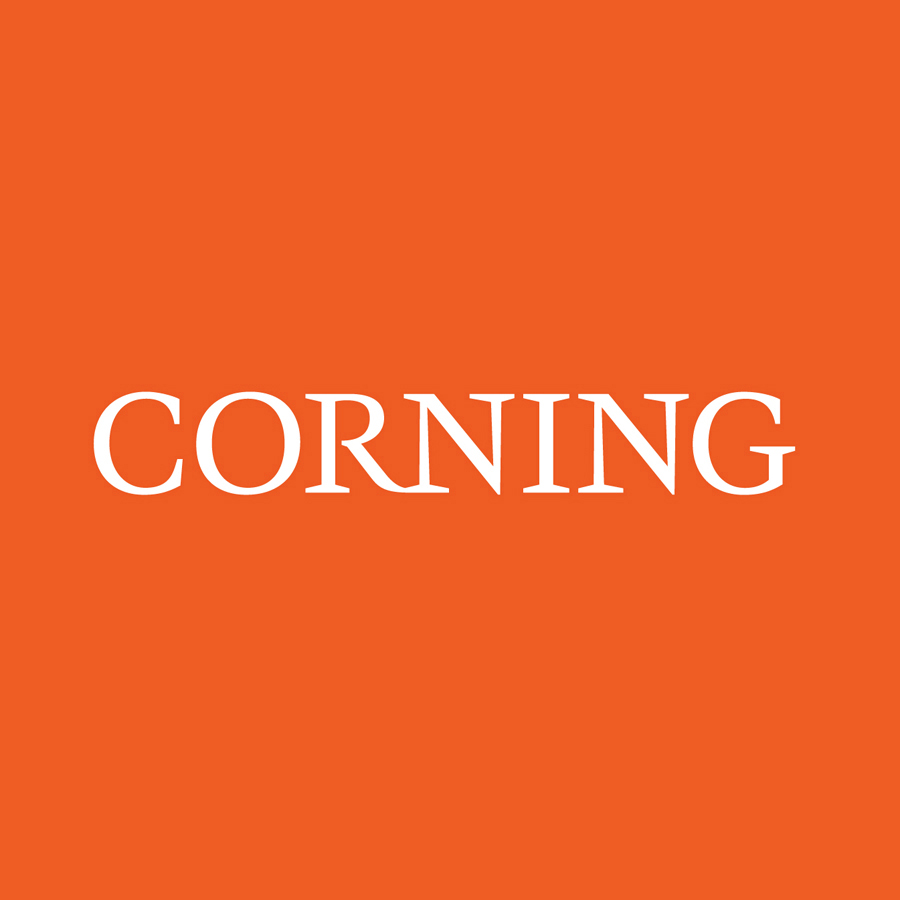

貨號
產(chǎn)品規(guī)格
售價
備注
354250-5mL
5mL
¥5670.00
細(xì)胞外基質(zhì)蛋白和附著因子
產(chǎn)品描述
Corning? PuraMatrix? Peptide Hydrogel is a synthetic matrix used to create defined three dimensional (3D) micro-environments for a variety of cell culture experiments. To achieve optimal cell growth and differentiation, it is necessary to determine the appropriate mixture of this material and bioactive molecules (e.g., growth factors, extracellular matrix (ECM) proteins, and/or other molecules). Corning PuraMatrix Peptide Hydrogel consists of standard amino acids (1% w/v) and 99% water. Under physiological conditions, the peptide component self-assembles into a 3D hydrogel with a nanometer-scale fibrous structure. The hydrogel is readily formed in a Falcon culture dish, plate, or cell culture insert.
Corning PuraMatrix Peptide Hydrogel has been shown to promote differentiation of hepatocyte progenitor cells, rat pheochromocytoma cells (PC12), hippocampal neurons, and endothelial cells. Studies have also demonstrated the hydrogel supports the attachment of a variety of primary (e.g., neuronal, fibroblast, keratinocyte) and transformed (e.g., MG-63, SH-SY5Y, HEK293, NIH3T3) cell types. Other potential applications include stem cell proliferation, tumor cell migration and invasion, angiogenesis assays, and in vivo analyses of tissue regeneration.
Technical Specifications
? 1% solution (w/v) of purified synthetic peptide
? Packaged material exhibits pH of 2 to 4
? Transparent
? Devoid of animal-derived material and pathogens
Quality
? Tested and found negative for bacteria, fungi, and mycoplasma
? Cell viability = 80% based on cytotoxicity analysis of NIH3T3 fibroblasts
? Identity confirmed using mass spectrometry
? Demonstration of fiber formation using a self-assembly assay